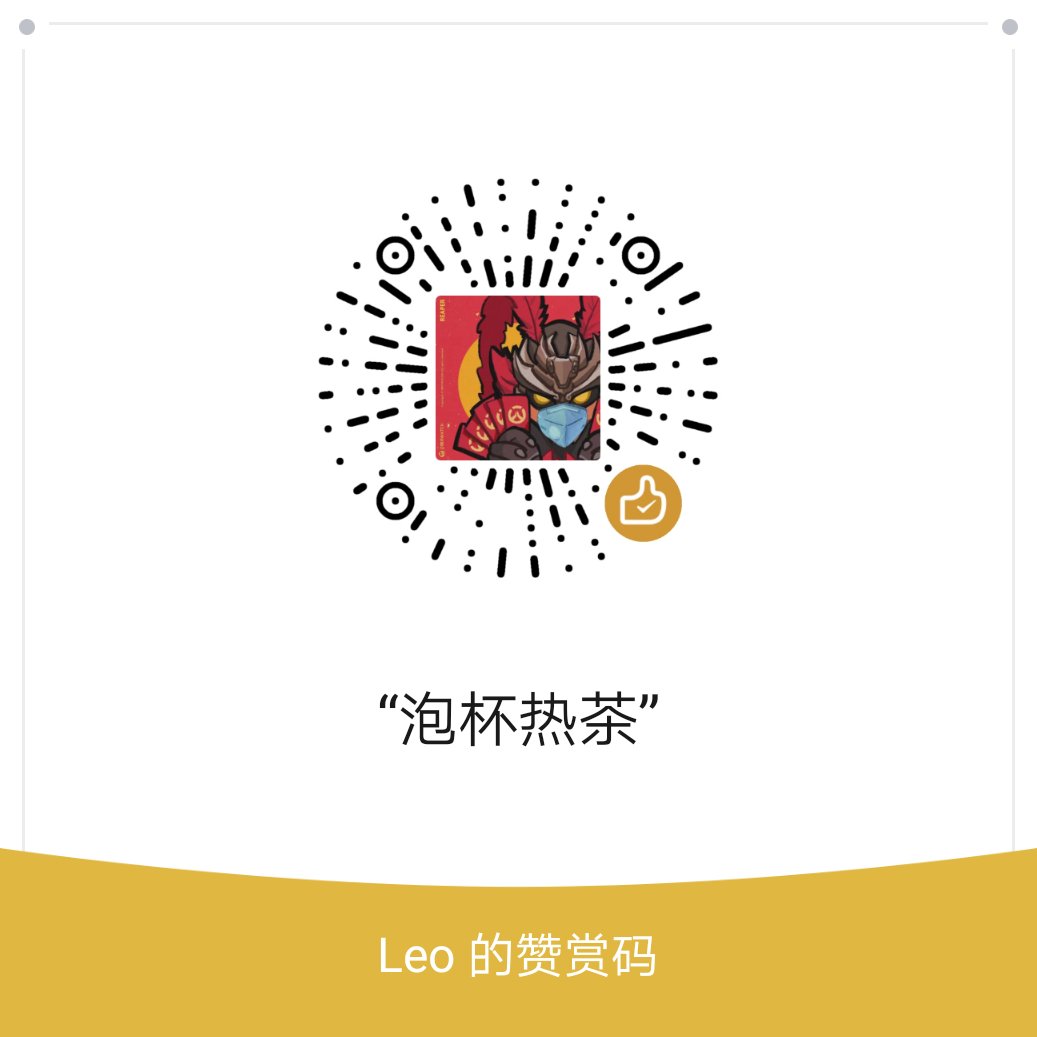描述:抽象和实现区分,且可以单独改变
优点:解耦,减少子类个数
缺点:需要识别独立变化的维度,有局限性
应用:继承过多导致类繁杂,转账分类,消息管理
classDiagram
class Implementor{
doSomething() void
doAnything() void
}
class ConcreteImplementor{
+doSomething() void
+doAnything() void
}
class Abstraction{
<>
-imp: Implementor
constructor(imp : Implementor)
+request() void
}
class RefinedAbstraction{
constructor(imp : Implementor)
+request() void
}
Implementor <|.. ConcreteImplementor :接口实现
Abstraction o-- Implementor :聚合
Abstraction <|-- RefinedAbstraction :抽象类继承
- 接口定义某角色要做的事情
- 抽象类,聚合这个角色接口
- 实例化具体类
- 对实例的功能进行抽象,得到新实例
- 调用新实例的方法
1
2
3
4
5
6
7
8
9
10
11
12
13
14
15
16
17
18
19
20
21
22
23
24
25
26
27
28
29
30
31
32
33
34
35
36
37
38
39
40
41
42
43
|
interface Implementor {
doSomething() : void;
doAnything() : void;
}
class ConcreteImplementor1 implements Implementor {
public doSomething() : void {}
public doAnything() : void {}
}
class ConcreteImplementor2 implements Implementor {
public doSomething() : void {}
public doAnything() : void {}
}
abstract class Abstraction {
private imp : Implementor;
constructor(imp : Implementor) {
this.imp = imp;
}
public request() : void {
this.imp.doSomething();
}
}
class RefinedAbstraction extends Abstraction {
constructor(imp : Implementor) {
super(imp);
}
public request() : void {
super.request();
}
}
const imp : Implementor = new ConcreteImplementor1();
const abs : Abstraction = new RefinedAbstraction(imp);
abs.request();
|

